In 2021, Apple unveiled the iPhone 13 and iPhone 13 Pro as the successors to the iPhone 12 and iPhone 12 Pro, featuring a smaller notch, the A15 Bionic chip, longer battery life, significantly improved cameras, and new color options across the lineup.
When they were both available together, the iPhone 13 started at $799, while the iPhone 13 Pro started at $999. As both of these iPhones share a large number of features, should you consider purchasing the lower-cost model to save money, or opt for the high-end "Pro" model? Our guide helps to answer the question of how to decide which of these two iPhones is best for you.
Comparing the iPhone 13 and the iPhone 13 Pro
The iPhone 13 and iPhone 13 Pro share a majority of features, such as display size, processor, and 5G connectivity. Apple lists these same features of the iPhone 13 and iPhone 13 Pro:
Similarities
- 6.1-inch Super Retina XDR display with 2532-by-1170-pixel resolution at 460 ppi, featuring HDR, True Tone, P3 Wide Color, and Haptic Touch
- 20 percent smaller notch
- Face ID authentication
- A15 Bionic chip and new 16-core Neural Engine
- Sub-6GHz 5G connectivity (and mmWave in the U.S.)
- 12MP Ultra Wide and Wide cameras with sensor-shift optical image stabilization and 2x optical zoom out
- Photography features including Photographic Styles, Portrait mode, Night mode, Deep Fusion, Smart HDR 4, and more
- Videography features including Cinematic mode in 1080p at 30fps, Dolby Vision HDR video recording in 4K at 60fps, Night mode Time-lapse, and more
- 12MP front-facing TrueDepth camera with ƒ/2.2 aperture and features including Retina Flash, Photographic Styles, Portrait mode, Night mode, Smart HDR 4, Cinematic mode in 1080p at 30fps, HDR video recording with Dolby Vision in 4K at 60fps, and more
- Ceramic Shield front glass
- IP68 dust and water resistant up to a depth of six meters for up to 30 minutes
- Compatible with MagSafe accessories and wireless chargers
- Available in 128GB, 256GB, and 512GB storage options
- Lightning connector
Apple's breakdown shows that the iPhones share a large number of important features, but there are some key differences between the iPhone 13 and iPhone 13 Pro, including the ProMotion display, LiDAR Scanner, and Telephoto camera lens.
Differences
iPhone 13
- Aerospace-grade aluminum design
- Weighs 174 grams
- 6.1-inch Super Retina XDR display with 800 nits max brightness (typical)
- A15 Bionic chip with four-core GPU
- 4GB of memory
- Up to 19 hours of battery life (during video playback).
- 12MP ƒ/2.4 Ultra Wide and ƒ/1.6 Wide cameras
- 2x optical zoom out and digital zoom up to 5x
- Available in Starlight, Midnight, Blue, Pink, Green, and PRODUCT(RED)
- Available in 128GB, 256GB, and 512GB storage options
iPhone 13 Pro
- Surgical-grade stainless steel design
- Weighs 204 grams
- 6.1-inch Super Retina XDR display with 1,000 nits max brightness (typical) and ProMotion with adaptive refresh rate up to 120Hz
- A15 Bionic chip with five-core GPU
- 6GB of memory
- Up to 22 hours of battery life (during video playback).
- 12MP ƒ/1.8 Ultra Wide, ƒ/1.5 Wide, and ƒ/2.8 Telephoto cameras
- 3x optical zoom in, 2x optical zoom out, 6x optical zoom range and digital zoom up to 15x
- Apple ProRAW and Night mode portraits
- ProRes video recording up to 4K at 30fps
- LiDAR Scanner for Night mode portraits, faster autofocus in low light, and next-level AR experiences
- Available in Sierra Blue, Gold, Graphite, Silver, and Alpine Green
- Available in 128GB, 256GB, 512GB, and 1TB storage options
Read on for a closer look at each of these aspects, and see what exactly both iPhones have to offer.
Design and Colors
The iPhone 13 and iPhone 13 Pro both have the same squared-off industrial design with a flat band around the sides that was first introduced with the iPhone 12 lineup. The most noticeable visual difference between the two devices is their different use of materials and finishes.
The iPhone 13 uses aerospace-grade anodized aluminum on the edges and a single piece of polished glass on the rear, while the iPhone 13 Pro uses surgical-grade polished stainless steel on the edges and a single piece of matte, frosted glass on the rear. The dimensions of both devices are the same, but the iPhone 13 is 30 grams lighter due to its use of aluminum rather than the much heavier stainless steel.
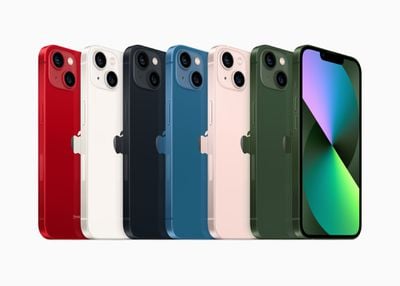 The iPhone 13 in PRODUCT(RED), Starlight, Midnight, Blue, Pink, and Green
The iPhone 13 in PRODUCT(RED), Starlight, Midnight, Blue, Pink, and GreenThe two devices also use completely different color palettes. The iPhone 13 is available in PRODUCT(RED), Starlight, Midnight, Blue, Pink, and Green while the iPhone 13 Pro is available in Graphite, Gold, Silver, Sierra Blue, and Alpine Green.
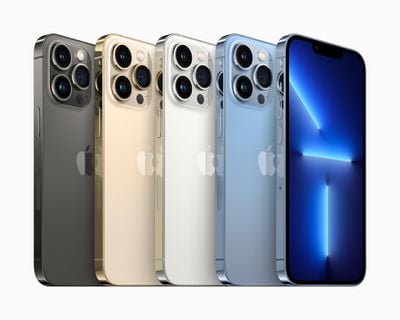 The iPhone 13 Pro in Graphite, Gold, Silver, and Sierra Blue
The iPhone 13 Pro in Graphite, Gold, Silver, and Sierra BlueThe iPhone 13 Pro espouses a more luxurious appearance and heavier, tactile feel in the hand, but the iPhone 13 still looks like a premium device with a more diverse range of color options. As the designs are similar, and only vary in terms of color options, materials, and rear camera configurations, preference for the iPhone 13 or the iPhone 13 Pro will come down to personal taste.
ProMotion Display
The iPhone 13 Pro features the ProMotion technology that Apple initially introduced with the iPad Pro in 2017, offering an adaptive refresh rate ranging from 10Hz to 120Hz. This means that the refresh rate of the display changes based on what is on the screen. The display of the iPhone 13 Pro is also able to get 200 nits brighter than the iPhone 13 in typical, non-HDR use.
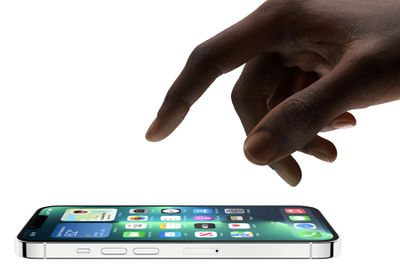
When viewing a website that is static, the device will use a lower refresh rate, but while playing a game, watching sports, or scrolling through content, the refresh rate will increase to provide a smoother and more responsive experience. ProMotion technology is even able to accelerate and decelerate the frame rate to match the speed of a user's scrolling on the screen.
The iPhone 13 does not have ProMotion, but it is not an essential feature for most users. The iPhone 13 Pro is the first iPhone to feature the technology, with all other iPhones to date having a display with a non-variable and lower maximum refresh rate. This means that the iPhone 13's display still provides a good, familiar experience, and those who have not enjoyed a 120Hz display on a device in the past will likely not feel that they are missing out.
Cameras and LiDAR
The main difference between the iPhone 13 and iPhone 13 Pro is their rear camera setups. The iPhone 13 has a dual 12MP camera system with Ultra Wide and Wide lenses. On the other hand, the iPhone 13 Pro has a triple camera setup that adds a Telephoto lens. The iPhone 13 Pro is also able to optically zoom three times in due to its Telephoto lens, which the iPhone 13 lacks entirely. It is also able to digitally zoom in ten times further than the iPhone 13.
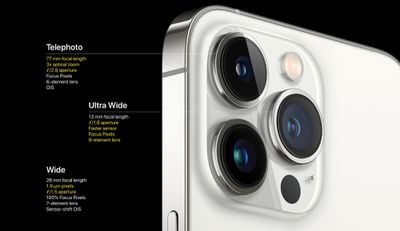 iPhone 13 Pro triple camera setup
iPhone 13 Pro triple camera setupEach lens of the iPhone 13 Pro features a larger aperture than on the iPhone 13 to allow more light in, with an ƒ/1.8 Ultra Wide and ƒ/1.5 Wide compared to the ƒ/2.4 Ultra Wide and ƒ/1.6 Wide cameras of the iPhone 13, which should make for better image quality.
The iPhone 13 Pro is also able to take photos in Apple ProRaw and record video in 4K ProRes at 30 fps, file formats that take full advantage of the device's rear cameras. These features are aimed at professional photographers and videographers, so users with workflows that can make good use of these formats should get the iPhone 13 Pro. For the vast majority of users, ProRAW and ProRes will likely not be used at all, making the iPhone 13 a more fitting option.
In addition, the iPhone 13 Pro has a LiDAR Scanner in the rear camera array to accurately map the environment and depth. This allows the iPhone 13 Pro to take Night mode portrait photos and offers enhanced AR experiences.
iPhone 13 Pro clearly provides a more capable, pro-oriented, and fully-featured camera experience, so users who prioritize maximum quality and a range of photo and video capabilities should get the more expensive device. However, beyond the telephoto lens, many of these features, such as ProRAW, ProRes, and LiDAR, will not be important to the majority of users. For most people, the iPhone 13's camera setup will be more than sufficient to take excellent photos and videos, and it still offers a range of practical, easy-to-use camera features such as Night mode, Portrait mode, and Deep Fusion.
A15 Bionic Chip
Both the iPhone 13 and the iPhone 13 Pro contains Apple's latest A15 Bionic chip, which offers moderate performance improvements over last year's A14 chip. While the chips in both iPhones are the same, the GPU in the iPhone 13 Pro contains one additional core. Users can therefore expect slightly better performance from the iPhone 13 Pro when performing activities such as gaming or video editing.
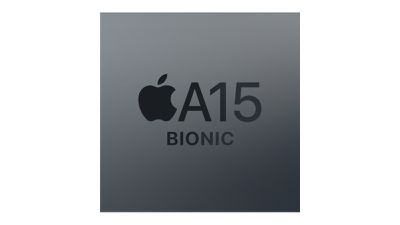
The A15 in the iPhone 13 Pro is also paired with 2GB more memory than the standard iPhone 13, meaning that it should be able to keep more browser tabs and background tabs active at any given time.
Battery Life
When playing back video, the iPhone 13 Pro offers three extra hours of battery life compared to the iPhone 13, and it can provide five extra hours when streaming video. The iPhone 13 Pro has a clear advantage over the iPhone 13 in terms of battery life, and those users who need the absolute maximum available battery life in this form factor should choose the higher-end model as a result.
Storage Options
The iPhone 13 and iPhone 13 Pro are both available with 128GB, 256GB, and 512GB of storage, but the iPhone 13 Pro is also available with a 1TB storage option for $1,499.
Users who already easily fill up smaller storage capacities with music, apps, and movies, may prefer to get the iPhone 13 Pro since it offers a much larger maximum storage option. The 1TB capacity is likely more aimed at professionals who intend to store large ProRes files, but could be useful to anyone with large enough libraries of podcasts, photos, or games.
Other iPhone Options
It is worth noting that the iPhone 13 mini provides the same feature set as the iPhone 13 for $699, simply with a more compact design, a 5.4-inch display, and a slightly shorter 17 hours of battery life (during video playback). Likewise, the iPhone 13 Pro Max mirrors the feature set of the iPhone 13 Pro, but with a larger design, a 6.7-inch display, and a longer 28 hours of battery life (during video playback) starting at $1,099.
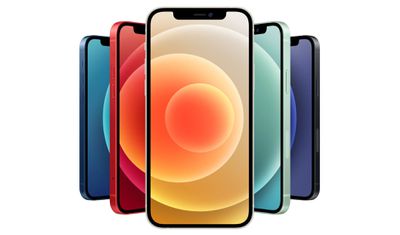
If you feel that the iPhone 13 is slightly out of your budget and you do not need the latest A15 chip or the most advanced cameras, you may wish to consider the iPhone 12. The iPhone 12 broadly uses the same design as the iPhone 13, has the same 6.1-inch display size, and starts at $599. The iPhone 12's A14 Bionic chip, 17-hour battery life, and dual-camera setup are still highly capable for everyday use, and the device shares an overwhelming majority of the iPhone 13's most versatile features, such as 5G connectivity, Night mode, MagSafe, and IP68 water resistance.
We have a host of Buyer's Guides that take deep-dive into all of the differences between various iPhone models, so if you are now considering either the iPhone 13 or iPhone 13 Pro, take a look at our comparisons with the iPhone 12, iPhone 13 mini, and iPhone 13 Pro Max to be sure you are making the right decision:
- iPhone 13 Mini vs. iPhone 13 Buyer's Guide
- iPhone 13 Pro vs. iPhone 13 Pro Max Buyer's Guide
- iPhone 13 vs. iPhone 12 Buyer's Guide
We also have dedicated review roundups for both the iPhone 13 and iPhone 13 Pro, giving an in-depth look at what YouTubers and journalists made of the new devices immediately after launch.
Final Thoughts
Overall, the iPhone 13 Pro offers clear advancements over the iPhone 13, particularly in terms of its materials, display, and rear cameras. The iPhone 13 Pro is $200 more than the iPhone 13, and many people will find it difficult to justify the additional cost simply for display, camera, battery, and design improvements that do not significantly change the day-to-day use of the device. Those opting for the iPhone 13 Pro will be seeking a more premium and full-featured iPhone that offers a better experience and set of capabilities in all areas, or be interested in specific features such as ProMotion, the Telephoto lens, or shooting video in ProRes.
Since the two phones share a large majority of features, including design, an OLED Super Retina XDR display, 5G connectivity, the A15 Bionic chip, and MagSafe, it is difficult to actively recommend the more expensive model. As the improvements of the iPhone 13 Pro are specific and do not hugely change daily interaction with the device, most people should get the iPhone 13.


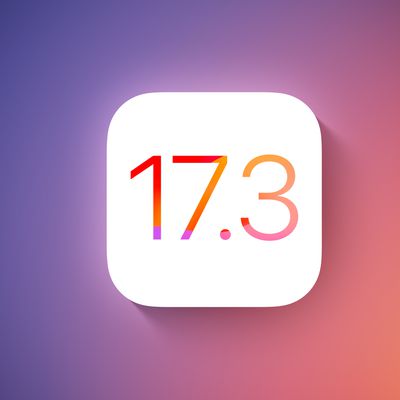
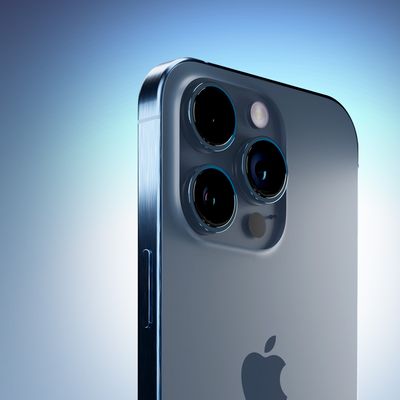
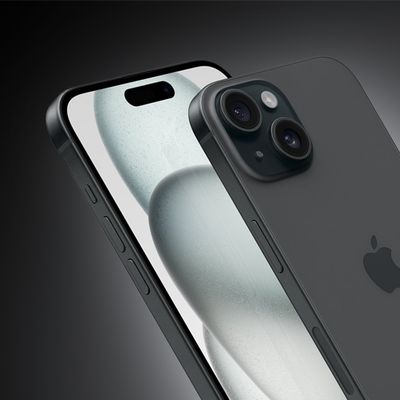


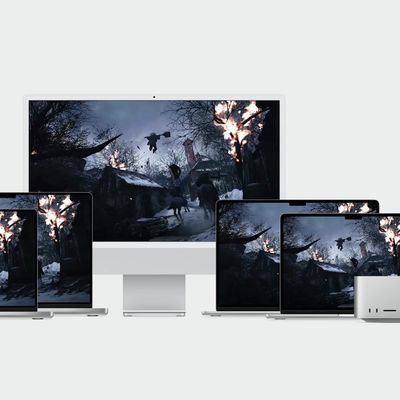
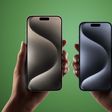

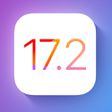

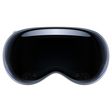







Top Rated Comments